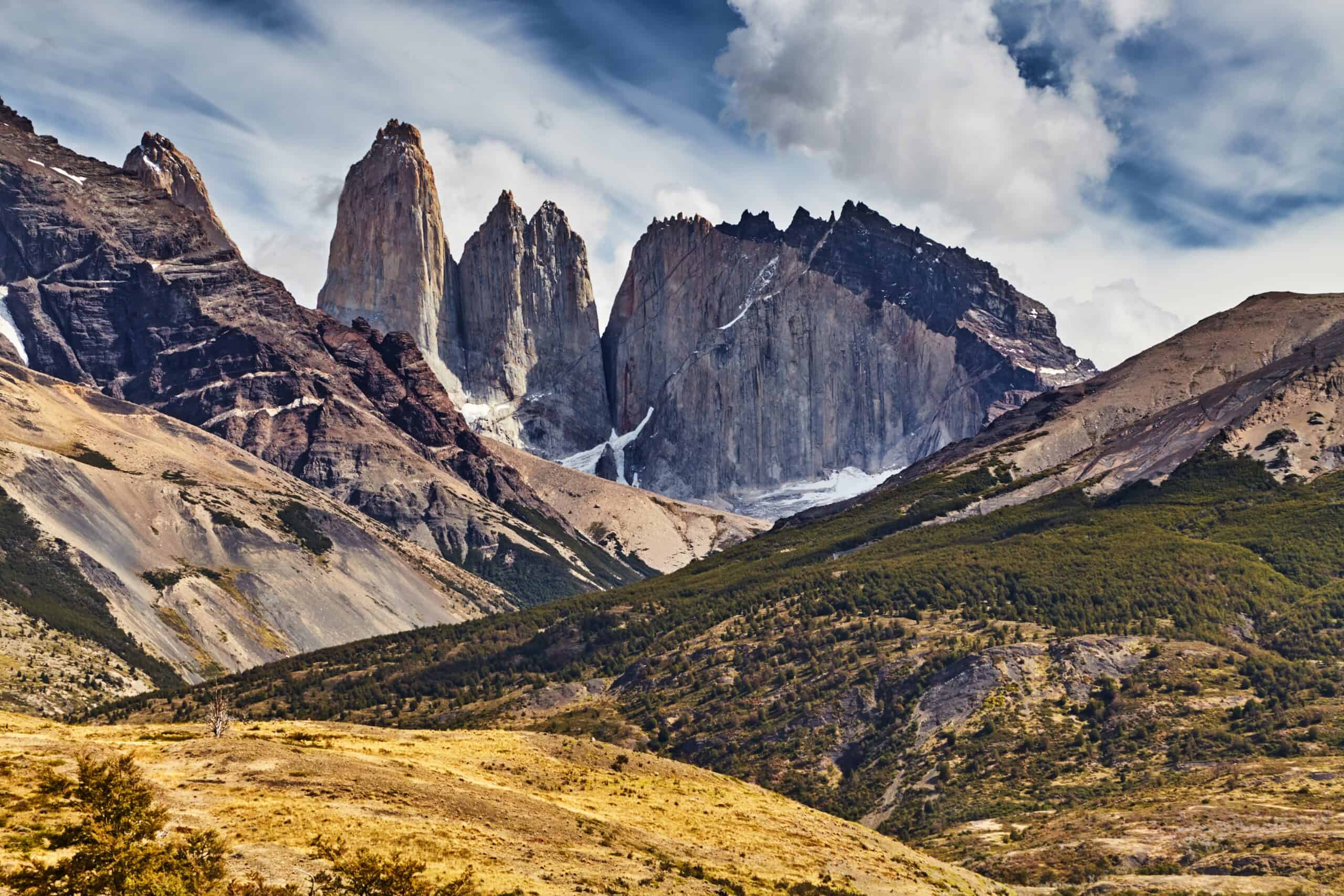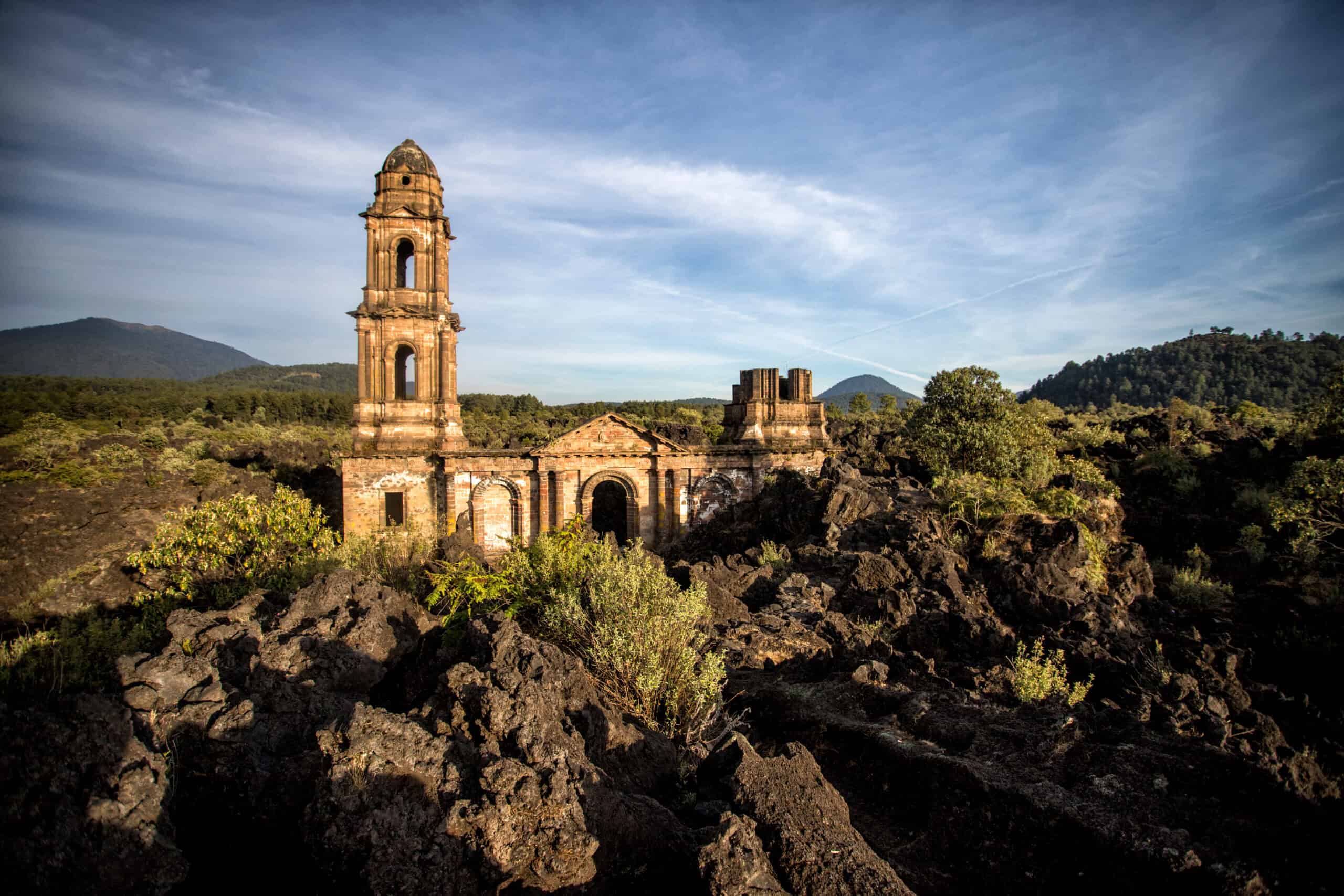In the face of growing environmental challenges, the preservation of unique forest creatures has become a crucial focus for conservationists worldwide. Many of these animals are not only rare but also play vital roles in maintaining the health and balance of their ecosystems. Thanks to dedicated efforts, several species that were once on the brink of extinction are now being protected and given a chance to thrive. The following list highlights some of the most remarkable forest creatures that have been preserved through these vital conservation efforts.
Siberian Tiger (Panthera tigris altaica)

The Siberian tiger, also known as the Amur tiger, is the largest of all tiger species. It roams the dense forests of eastern Russia and parts of China, relying on the preservation of these habitats for survival. Environmentalists have focused on combating poaching and protecting the tiger’s dwindling prey population to ensure its continued existence. With fewer than 600 individuals left in the wild, efforts have been intensified to safeguard its habitat from logging and human encroachment. The Siberian tiger’s survival is a testament to global conservation collaboration.
Sumatran Orangutan (Pongo abelii)
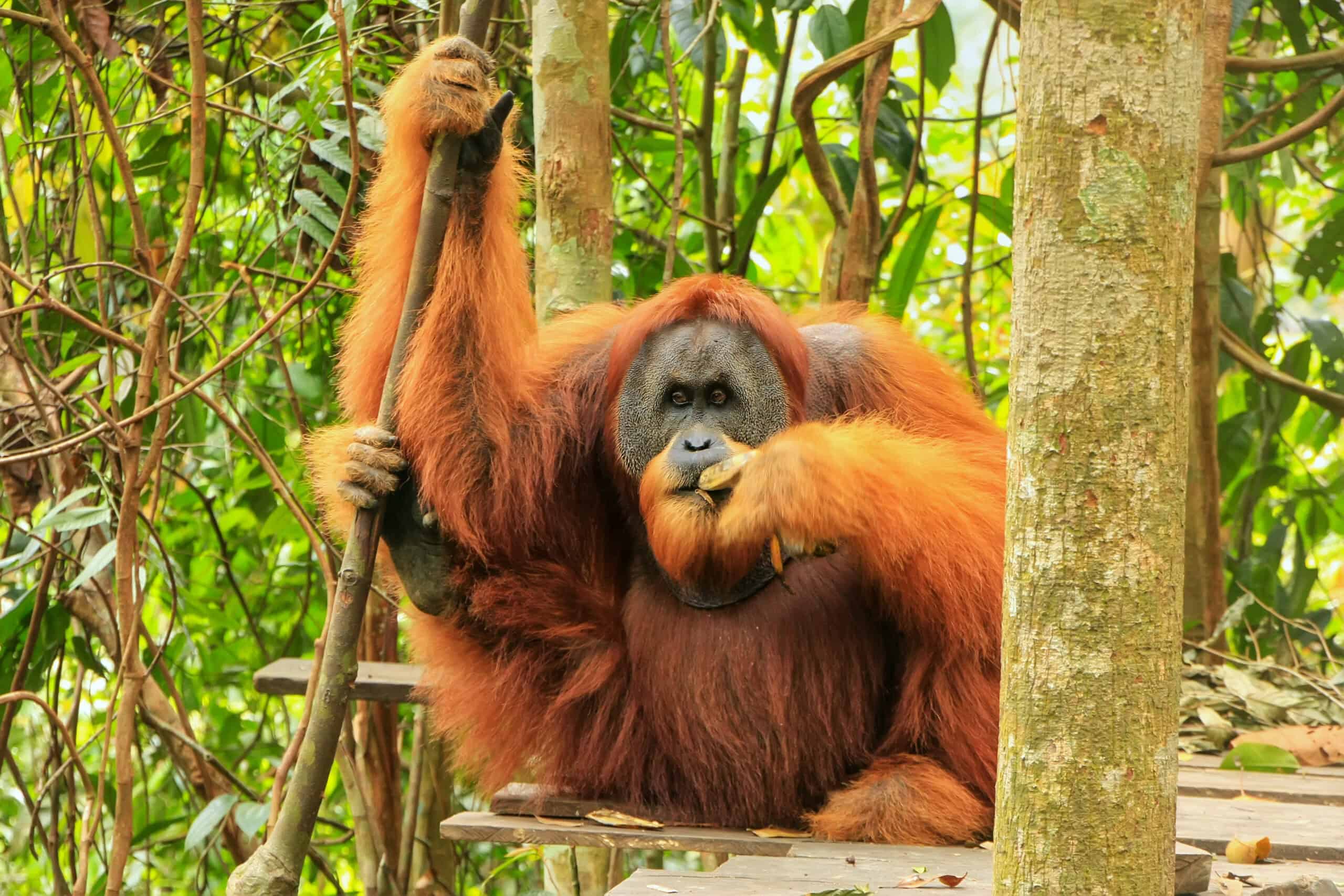
Native to the island of Sumatra, the Sumatran orangutan is critically endangered, with its population severely impacted by deforestation. Environmentalists have worked tirelessly to protect the rainforests these great apes call home, focusing on combating illegal logging and promoting sustainable palm oil practices. These orangutans are vital to the ecosystem as seed dispersers, helping to maintain the health of their forest habitats. Conservation programs have also emphasized reforestation and rehabilitation of rescued orangutans. The continued survival of the Sumatran orangutan depends on these concerted efforts to preserve its natural habitat.
Axolotl (Ambystoma mexicanum)
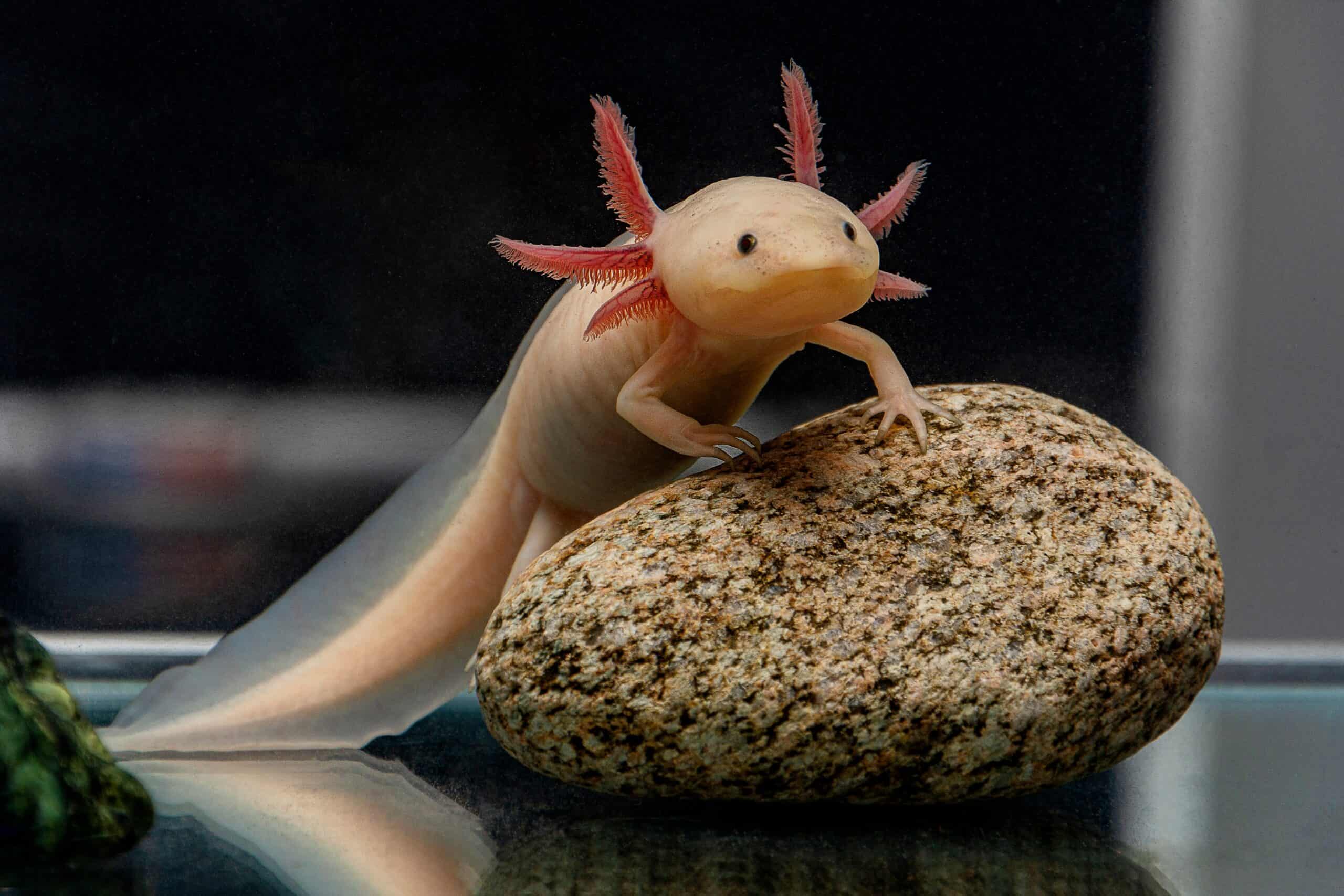
The axolotl, a unique amphibian native to Mexico’s lake systems, is famed for its ability to regenerate lost body parts. This species has been driven to near extinction in the wild due to habitat destruction and water pollution. Environmentalists have established conservation programs that include habitat restoration and breeding in captivity, aiming to reintroduce these creatures into protected areas. The axolotl’s survival highlights the importance of preserving freshwater ecosystems. Ongoing efforts are crucial to prevent the complete disappearance of this remarkable species from its natural habitat.
Javan Rhino (Rhinoceros sondaicus)
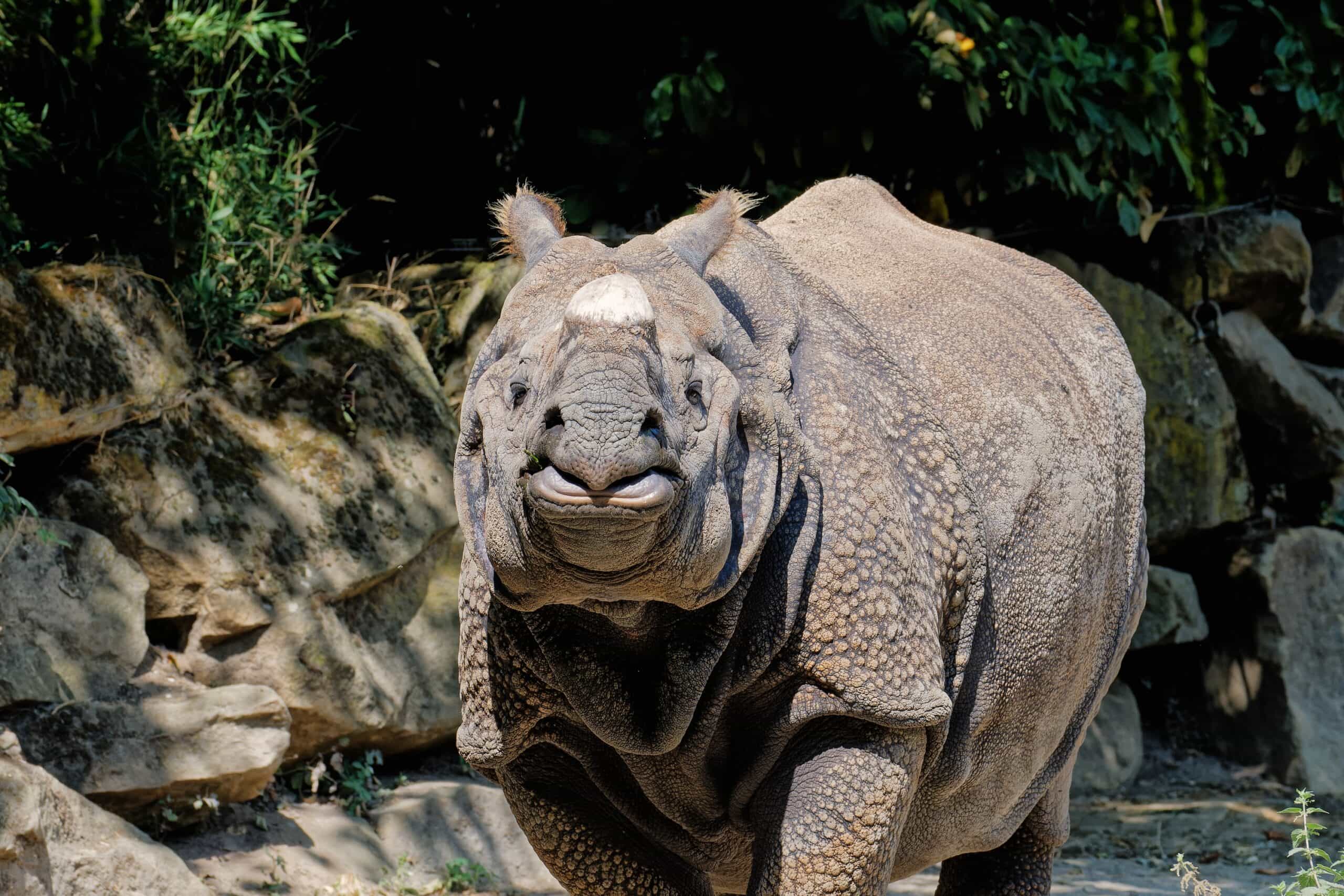
One of the rarest large mammals on earth, the Javan rhino is found only in a single national park in Indonesia. Environmentalists have dedicated significant resources to protect this critically endangered species, focusing on anti-poaching measures and habitat preservation. With fewer than 80 individuals remaining, efforts include monitoring their population and securing their habitat from agricultural encroachment. The Javan rhino’s survival is seen as a critical indicator of the health of its rainforest habitat. Conservationists continue to work towards expanding the rhino’s protected areas to ensure its future.
Kakapo (Strigops habroptilus)
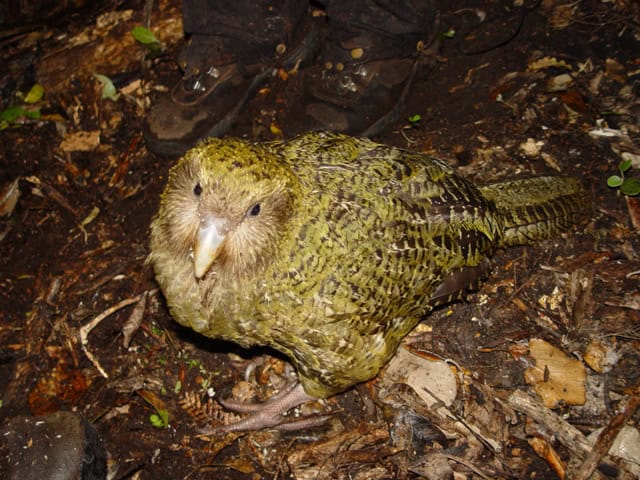
The kakapo, a flightless parrot native to New Zealand, is one of the world’s most endangered birds. With intensive conservation efforts, including predator control and habitat restoration, environmentalists have helped the kakapo population recover from the brink of extinction. Each individual is closely monitored, with programs designed to increase their breeding success. The bird’s nocturnal lifestyle and unique reproductive cycle make conservation efforts particularly challenging. Today, the kakapo is a symbol of hope for endangered species around the world.
Amur Leopard (Panthera pardus orientalis)
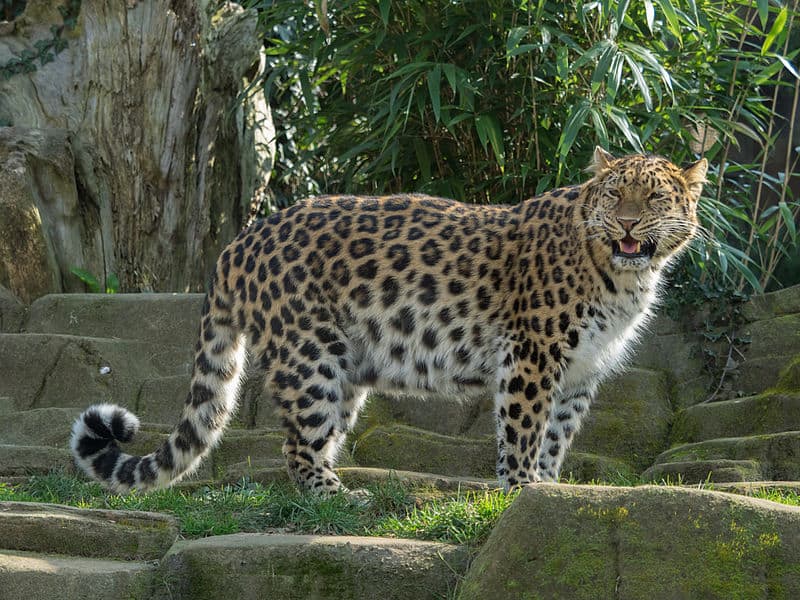
The Amur leopard, residing in the forests of the Russian Far East, is one of the most endangered big cats in the world. Environmentalists have focused on anti-poaching initiatives and habitat restoration to protect this critically endangered species. The leopard’s population has suffered due to deforestation and human encroachment, leaving fewer than 100 individuals in the wild. Conservation programs have successfully expanded protected areas and established wildlife corridors to support population recovery. The Amur leopard’s plight underscores the importance of cross-border conservation efforts.
Red Panda (Ailurus fulgens)
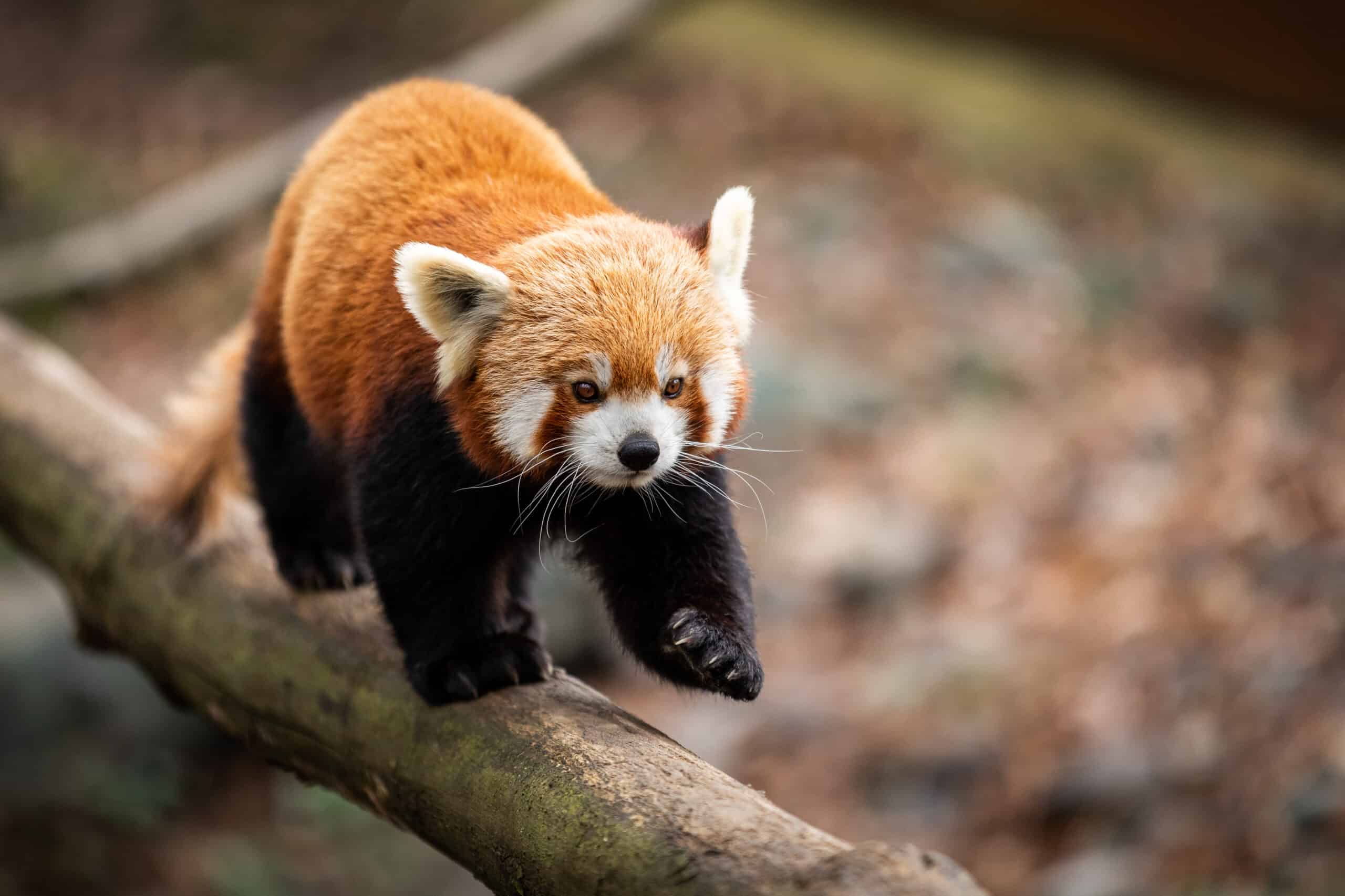
Found in the temperate forests of the Himalayas, the red panda is a small, tree-dwelling mammal that faces threats from habitat loss and poaching. Environmentalists have worked to protect its habitat through reforestation and the creation of protected areas. Efforts to engage local communities in conservation activities have been crucial to the red panda’s survival. Conservationists also focus on reducing human-wildlife conflict and promoting sustainable tourism. The red panda serves as a flagship species for the conservation of its unique forest ecosystem.
Philippine Eagle (Pithecophaga jefferyi)
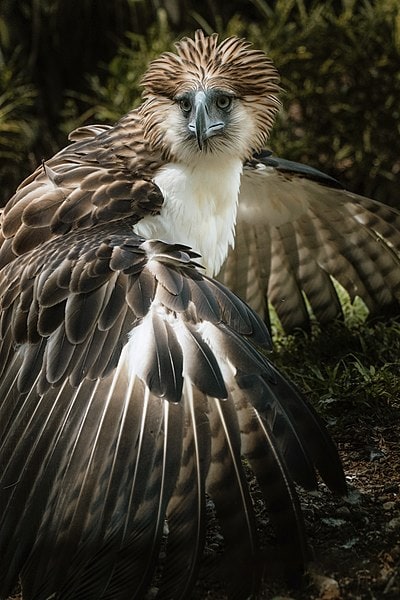
The Philippine eagle, one of the largest and most powerful eagles in the world, is critically endangered due to deforestation and hunting. Environmentalists have focused on protecting the eagle’s habitat in the remaining rainforests of the Philippines, as well as raising public awareness about its plight. Conservation programs include captive breeding and rehabilitation of injured eagles, aiming to increase the wild population. The Philippine eagle is a national symbol, and its preservation is key to maintaining the biodiversity of its forest habitat. Continued conservation efforts are vital to prevent the extinction of this majestic bird.
Mountain Gorilla (Gorilla beringei beringei)
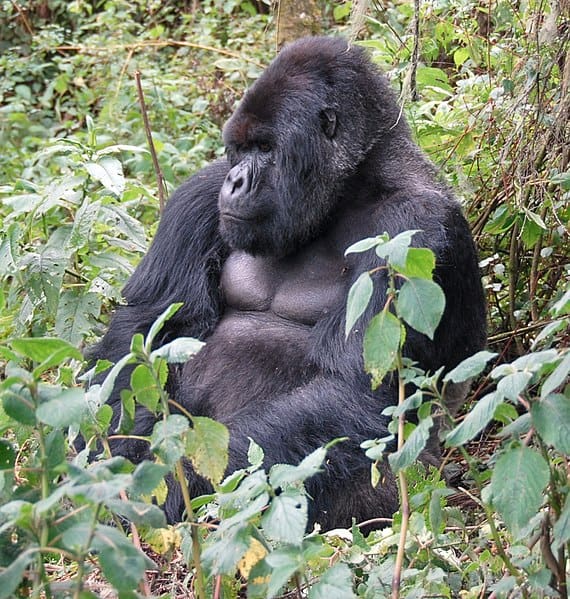
The mountain gorilla, found in the forests of central Africa, has become a symbol of successful conservation efforts. Environmentalists have focused on protecting its habitat from deforestation and poaching while promoting ecotourism to fund conservation initiatives. Intensive monitoring and anti-poaching patrols have helped stabilize the gorilla population, though it remains critically endangered. The gorilla’s survival is closely tied to the health of its forest environment, which is also home to many other species. The ongoing commitment to conserving mountain gorillas highlights the importance of protecting entire ecosystems.
Tasmanian Devil (Sarcophilus harrisii)
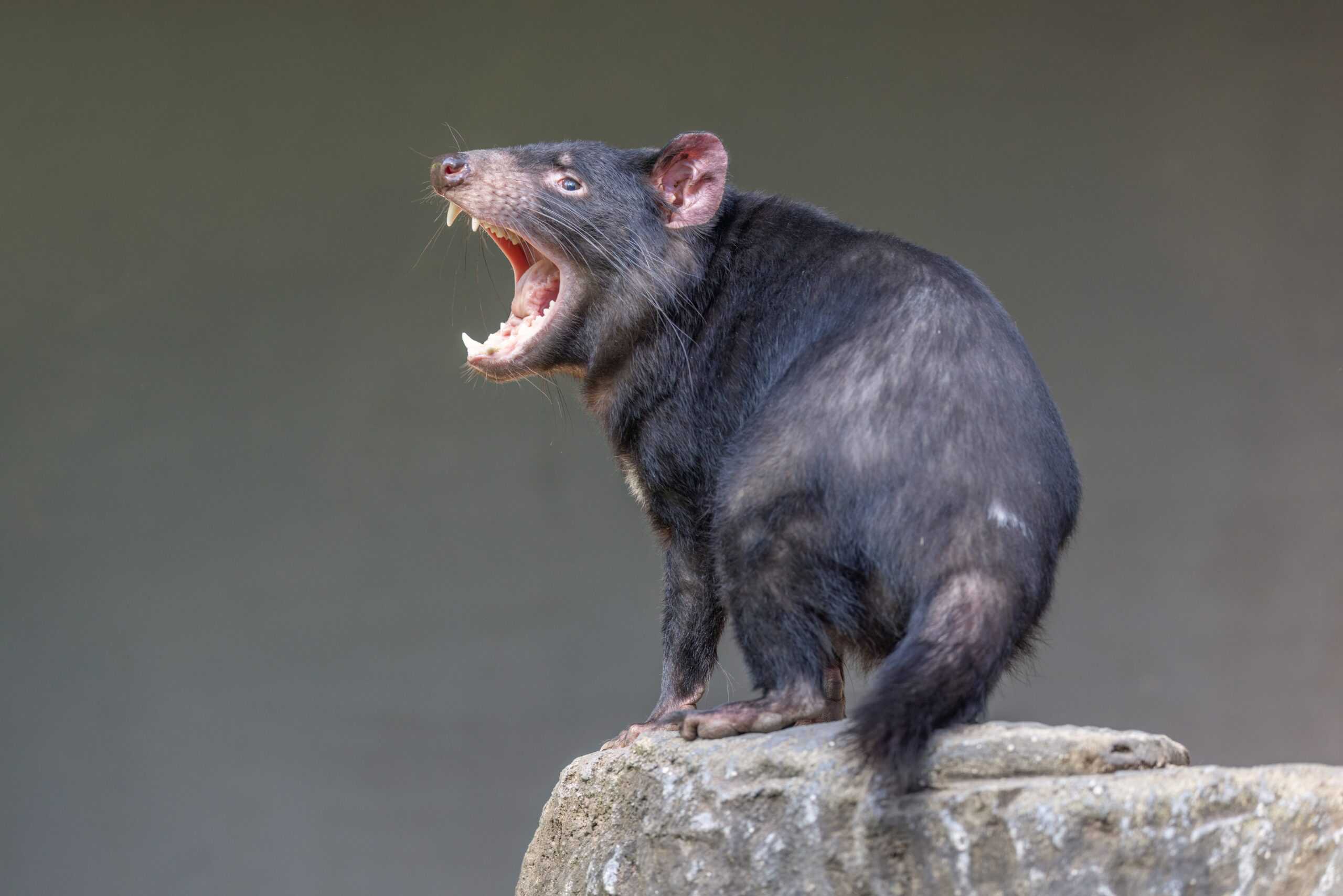
The Tasmanian devil, a carnivorous marsupial native to Australia, has faced a dramatic population decline due to a contagious facial tumor disease. Environmentalists have implemented disease management and captive breeding programs to protect this iconic species from extinction. Conservationists have also worked to secure and restore its natural habitat, ensuring that healthy populations can thrive in the wild. The Tasmanian devil’s recovery is a critical component of preserving Australia’s unique biodiversity. Continued efforts are necessary to prevent the species from disappearing entirely.
Pygmy Three-Toed Sloth (Bradypus pygmaeus)
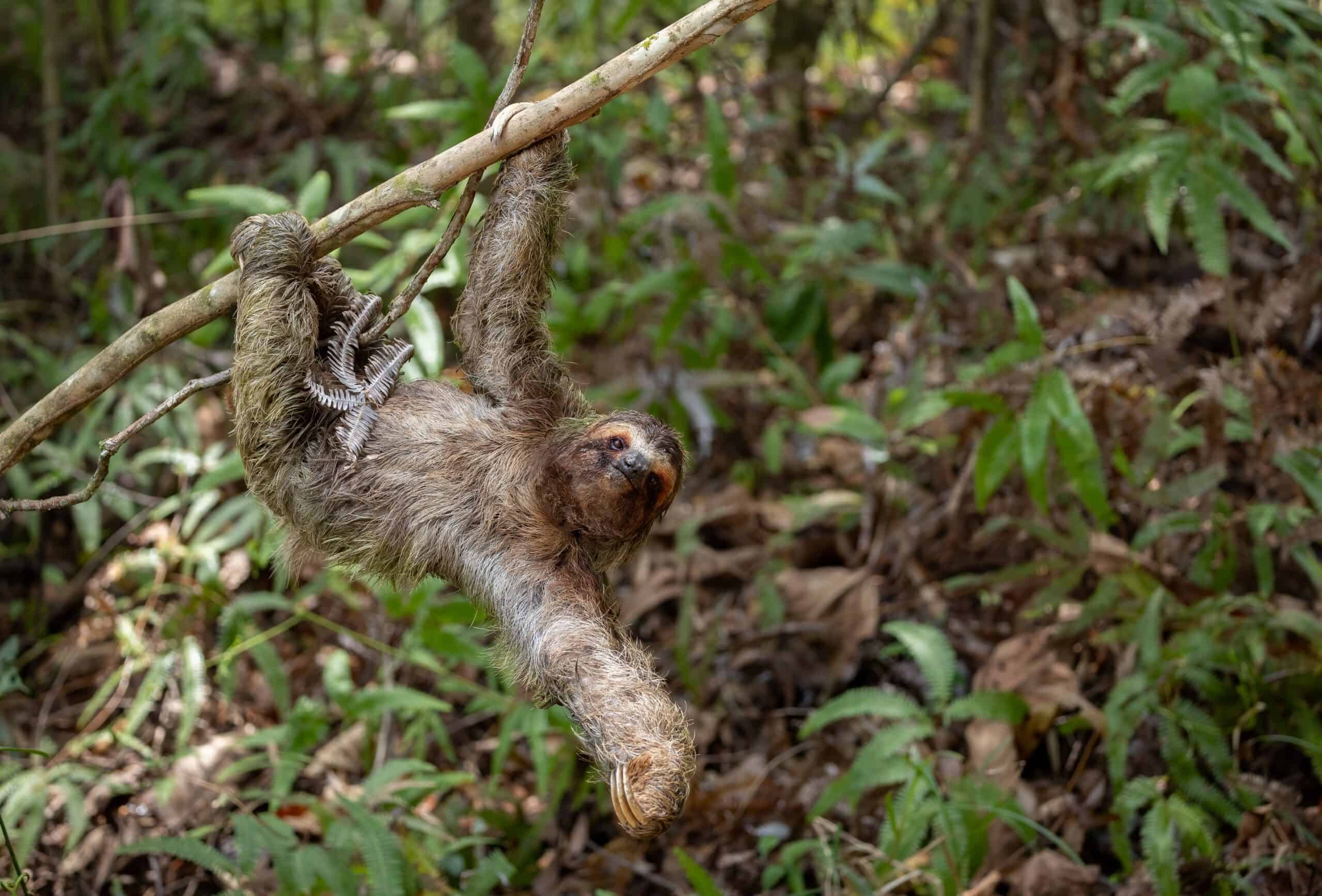
The pygmy three-toed sloth, native to a small island off the coast of Panama, is one of the world’s most endangered mammals. Environmentalists have focused on protecting the mangrove forests that the sloth relies on for survival, as well as combating habitat destruction caused by human activity. Conservation programs include habitat restoration and community education initiatives to promote sustainable practices. The sloth’s slow movement and specialized habitat requirements make it particularly vulnerable to environmental changes. Preserving this unique species requires continued dedication to protecting its fragile ecosystem.
Vaquita (Phocoena sinus)
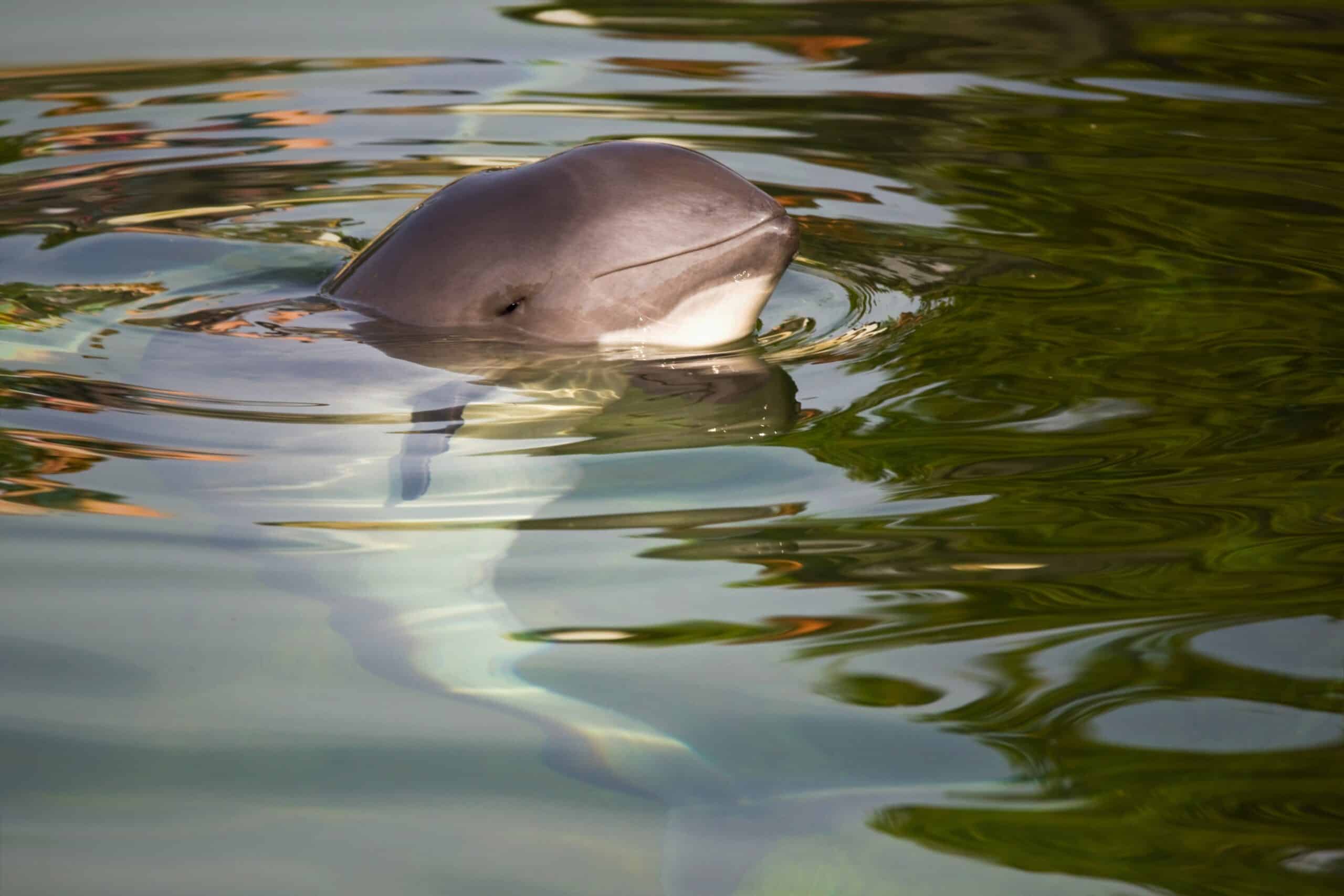
The vaquita, a small porpoise found only in the northern Gulf of California, is on the brink of extinction due to bycatch in illegal fishing operations. Environmentalists have worked to implement stricter fishing regulations and promote alternative livelihoods for local communities to reduce the threat to this critically endangered species. Conservation efforts include monitoring vaquita populations and enforcing protected areas to prevent further decline. The vaquita’s survival depends on urgent action to address the environmental and human factors driving its decline. Without continued intervention, this species could be lost forever.
Iberian Lynx (Lynx pardinus)
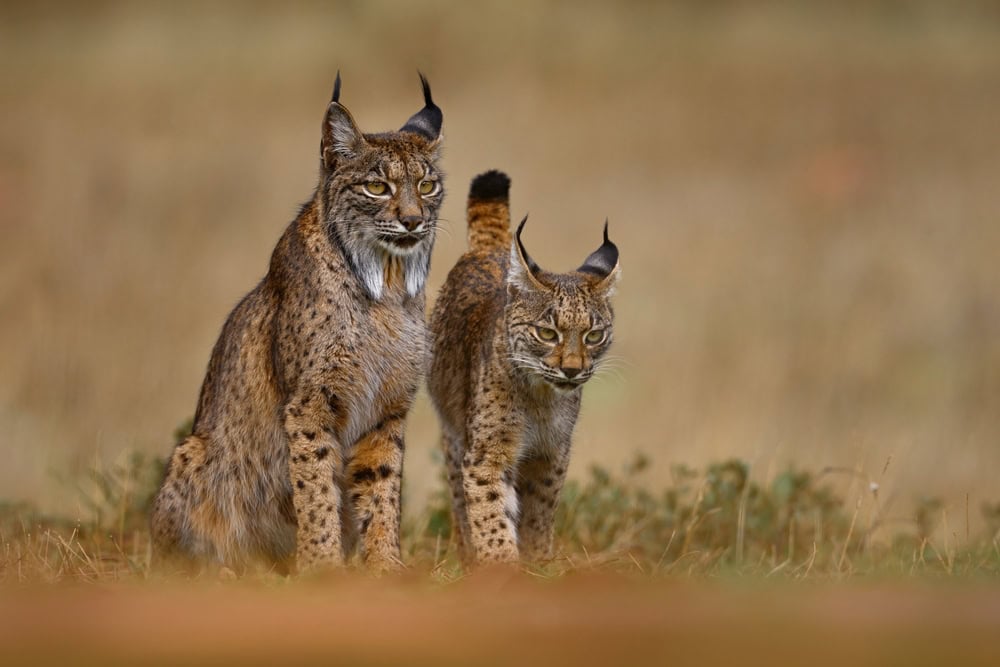
The Iberian lynx, native to the forests of Spain and Portugal, is one of the most endangered felines in the world. Environmentalists have focused on habitat restoration, captive breeding, and reintroduction programs to increase the lynx population. Efforts to restore the lynx’s natural prey base, particularly the European rabbit, have been crucial to its recovery. The Iberian lynx’s survival is also supported by the creation of wildlife corridors that connect fragmented habitats. These conservation strategies have helped the Iberian lynx population slowly recover, though it remains vulnerable to habitat loss and other threats.
Golden Lion Tamarin (Leontopithecus rosalia)
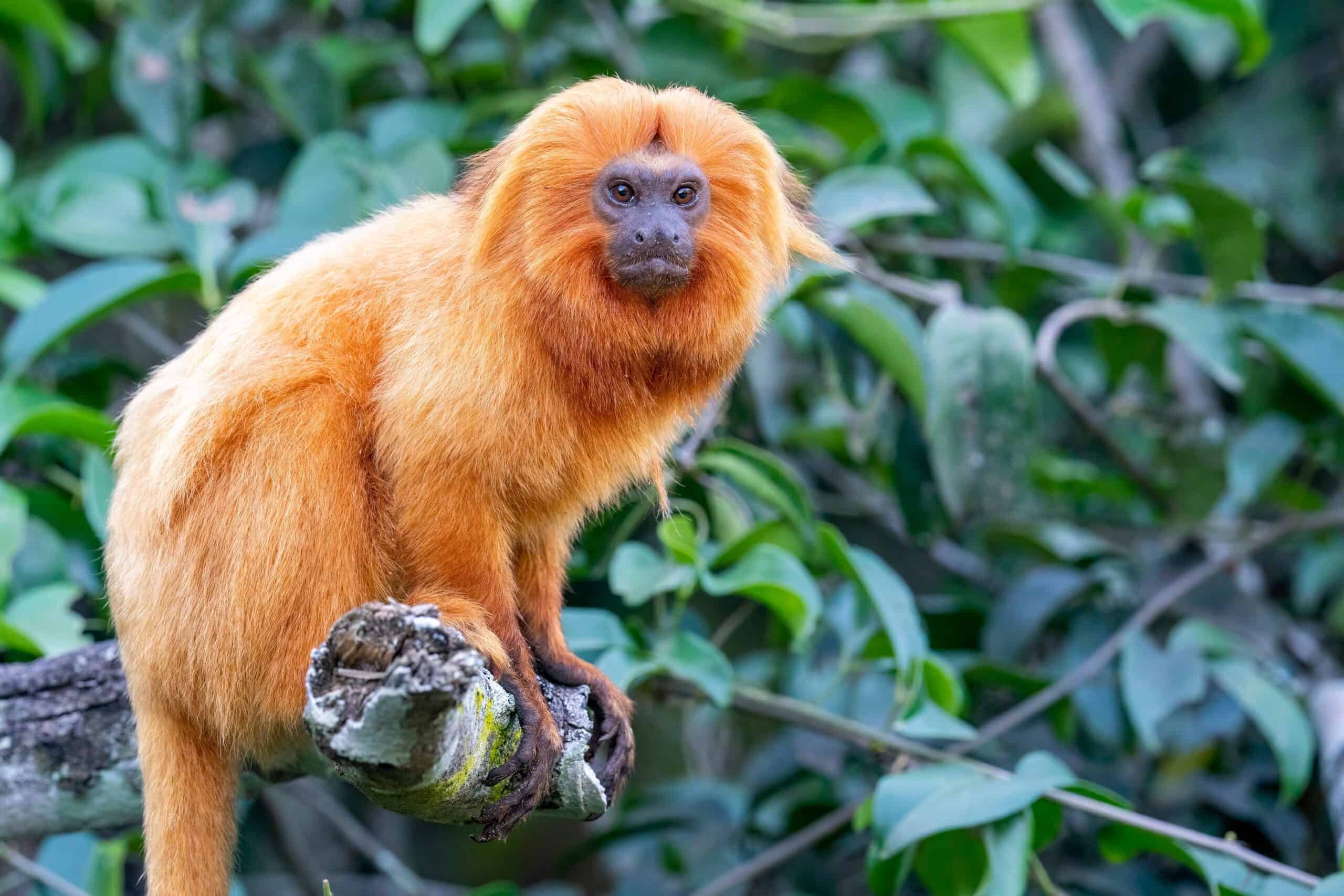
The golden lion tamarin, a small primate native to the Atlantic coastal forests of Brazil, is critically endangered due to deforestation and habitat fragmentation. Environmentalists have worked to protect and restore its habitat, as well as establish corridors to connect isolated populations. Conservation programs include captive breeding and reintroduction efforts to boost wild populations. The tamarin’s striking appearance and charismatic behavior have made it a symbol of conservation in Brazil. Preserving the golden lion tamarin is key to maintaining the biodiversity of its unique forest ecosystem.
Saola (Pseudoryx nghetinhensis)
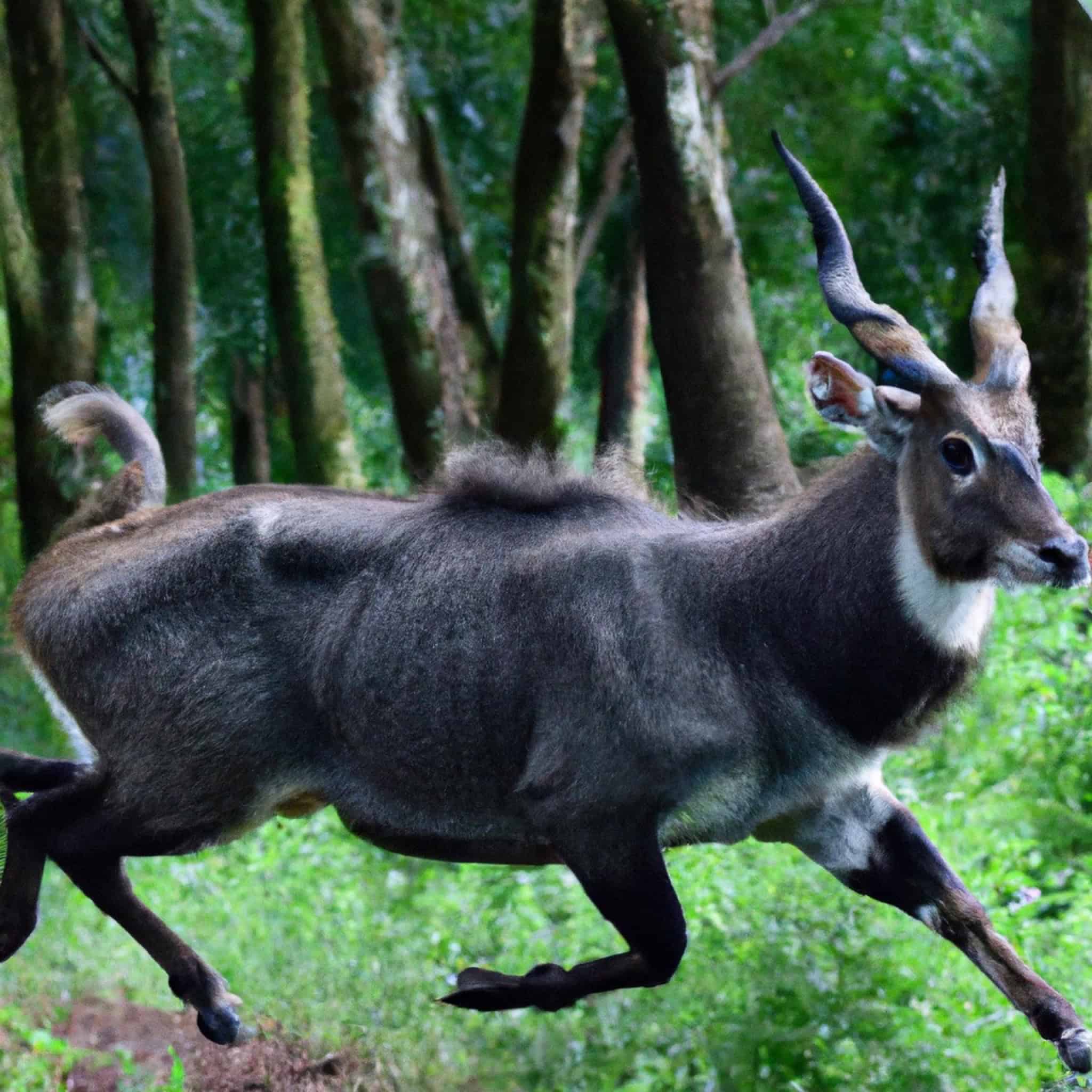
The saola, often referred to as the “Asian unicorn,” is one of the rarest and most mysterious mammals in the world, found in the dense forests of Vietnam and Laos. Environmentalists have worked to protect its habitat from deforestation and poaching, though little is known about the species due to its elusive nature. Conservation efforts include establishing protected areas and conducting research to better understand the saola’s ecological needs. The saola’s survival is a critical indicator of the health of its forest environment. Efforts to protect this enigmatic species highlight the importance of preserving Southeast Asia’s biodiversity.
Northern Bald Ibis (Geronticus eremita)

The northern bald ibis, once widespread across Europe, North Africa, and the Middle East, is now critically endangered, with small populations surviving in isolated areas. Environmentalists have focused on protecting its remaining habitats and reintroducing the species to areas where it has been extinct for centuries. Conservation programs include captive breeding and public awareness campaigns to promote the protection of this unique bird. The northern bald ibis’s distinctive appearance and cultural significance make it a priority for conservation efforts. Preserving the species requires ongoing commitment to habitat restoration and protection.
Giant Otter (Pteronura brasiliensis)
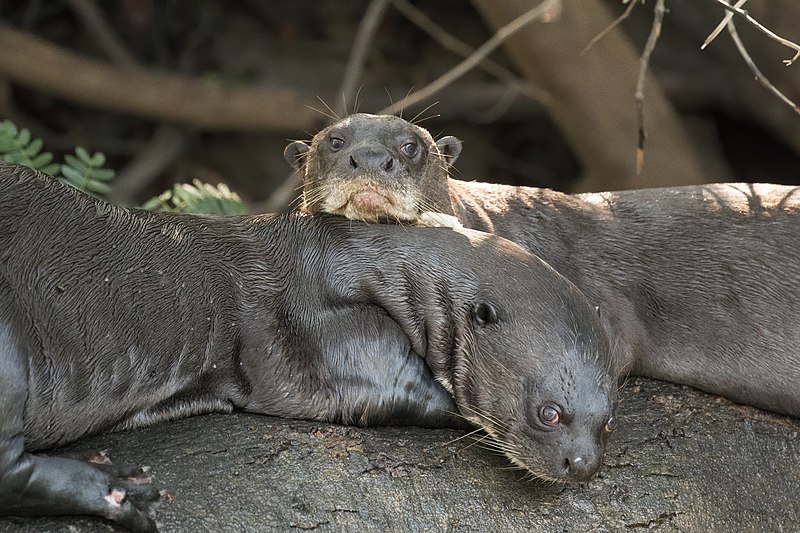
The giant otter, found in the rivers and wetlands of the Amazon Basin, is the largest member of the weasel family. Environmentalists have focused on protecting its habitat from deforestation, pollution, and illegal mining activities that threaten its survival. These social and highly vocal creatures are top predators in their ecosystem, playing a crucial role in maintaining the balance of aquatic life. Conservation efforts include establishing protected areas and working with local communities to promote sustainable practices. The giant otter’s continued survival is a testament to the importance of preserving South America’s rich biodiversity.
Hainan Gibbon (Nomascus hainanus)
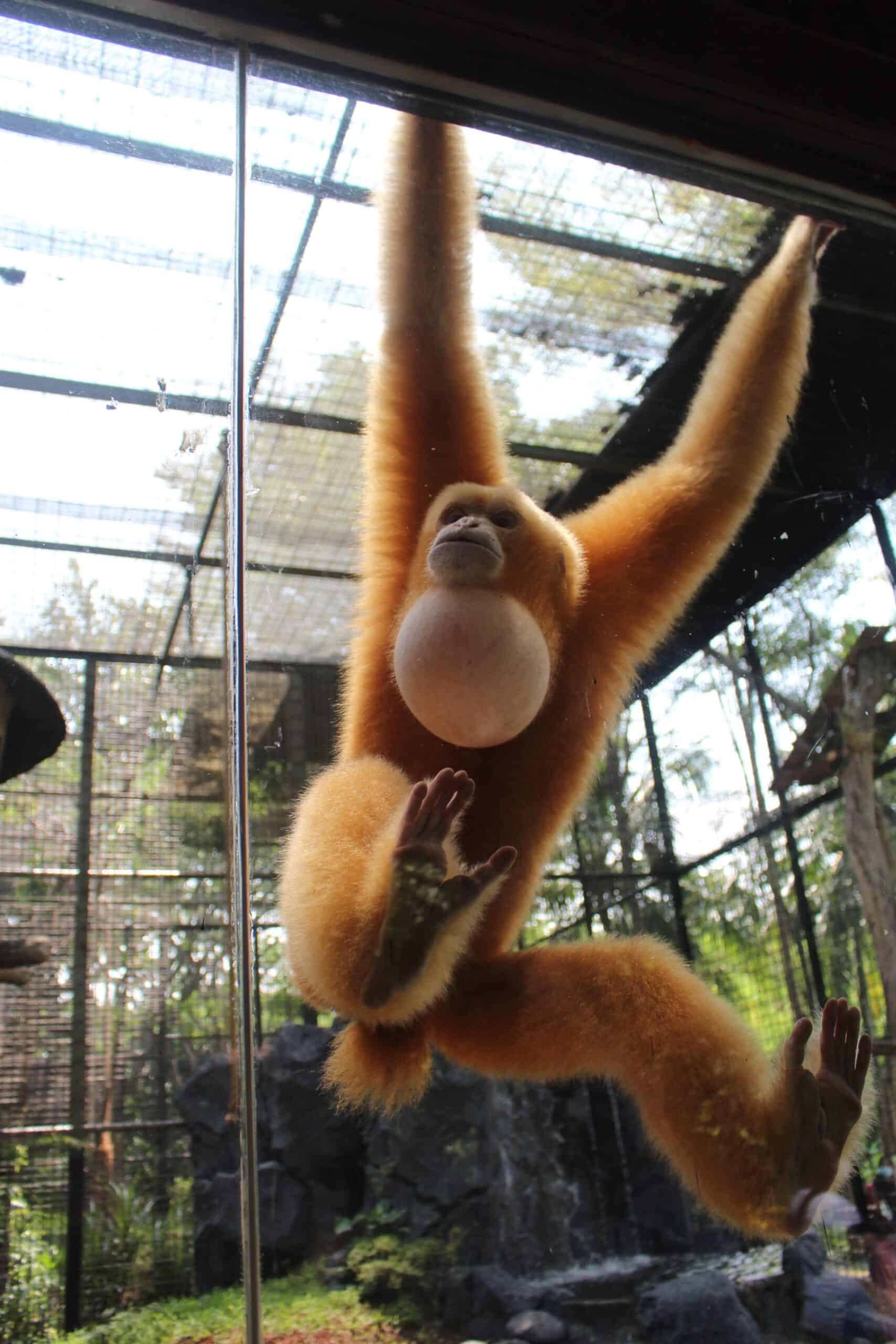
The Hainan gibbon, native to China’s Hainan Island, is one of the rarest primates in the world, with fewer than 30 individuals left in the wild. Environmentalists have worked diligently to protect the last remaining patches of tropical forest where these gibbons live, focusing on habitat restoration and anti-poaching measures. Conservation programs also include monitoring the gibbon population and raising awareness about its plight. The survival of the Hainan gibbon is critical not only for the species itself but also for the preservation of the island’s unique ecosystem. Efforts to save this gibbon highlight the urgent need for forest conservation.
Okapi (Okapia johnstoni)
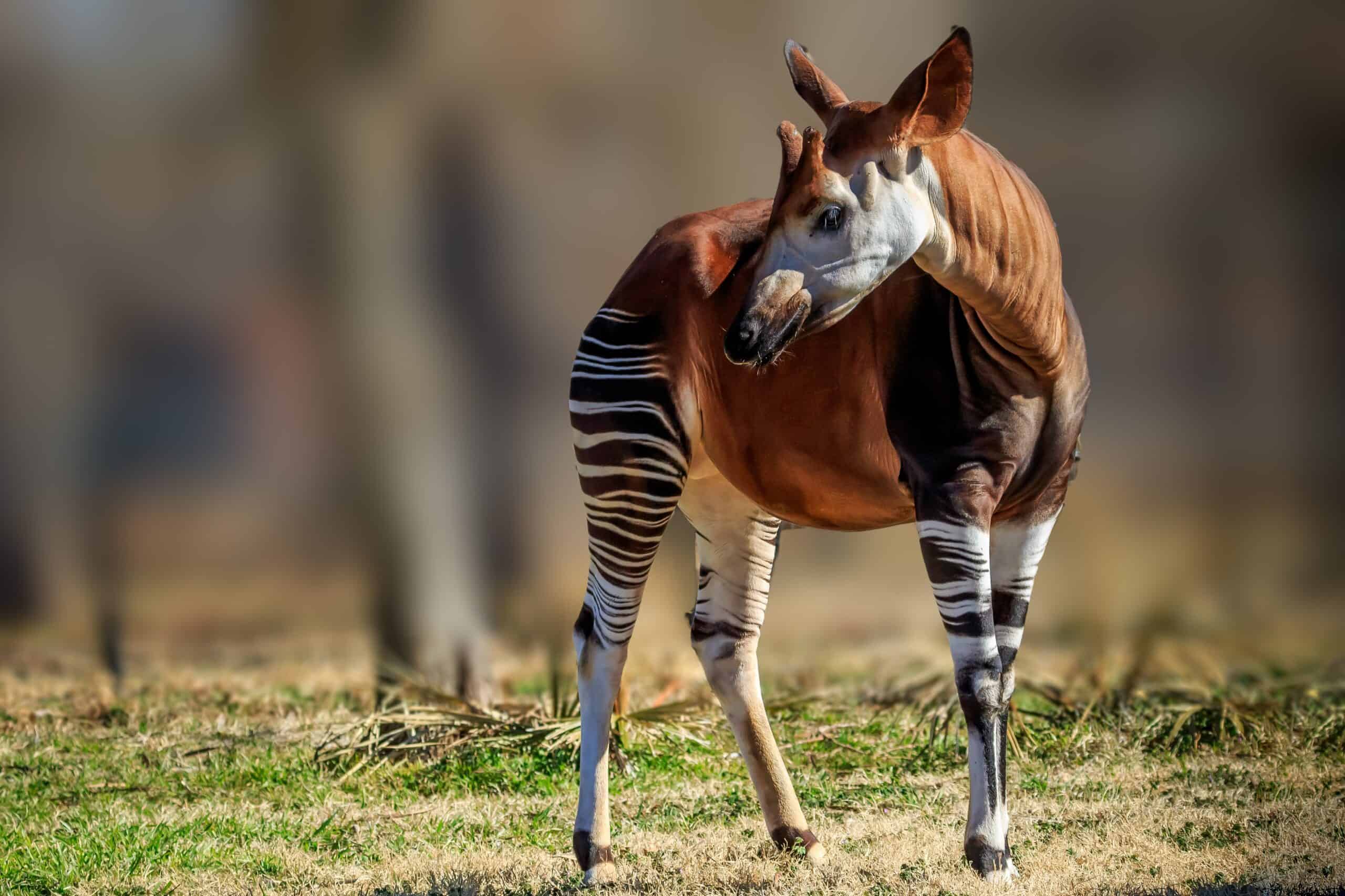
The okapi, often referred to as the “forest giraffe,” is a shy and elusive mammal found in the dense rainforests of the Democratic Republic of the Congo. Environmentalists have focused on protecting its habitat from deforestation and illegal mining, which threaten the okapi’s survival. Conservation efforts include creating protected areas and supporting anti-poaching initiatives to safeguard this unique species. The okapi plays a vital role in its ecosystem by helping to maintain the health of the forest through seed dispersal. Preserving the okapi is crucial for the biodiversity of the Congo Basin’s rainforests.
Aye-Aye (Daubentonia madagascariensis)

The aye-aye, a nocturnal lemur native to Madagascar, is one of the most unusual and fascinating primates in the world. With its elongated fingers and distinct appearance, the aye-aye has faced threats from habitat destruction and superstition-driven killings. Environmentalists have worked to protect its forest habitat and raise awareness about the importance of this species to Madagascar’s ecosystem. Conservation programs include habitat restoration and community education to reduce human-wildlife conflict. The aye-aye’s survival underscores the need to preserve Madagascar’s unique and irreplaceable biodiversity.
This article originally appeared on Rarest.org.
More From Rarest.Org
Discovering the world’s most beautiful national parks offers a journey through some of the planet’s most awe-inspiring landscapes. These natural sanctuaries provide breathtaking vistas, diverse wildlife, and unique geological formations that captivate travelers and nature enthusiasts alike. Read more.
The ocean is a vast, mysterious realm, covering over 70% of our planet yet largely unexplored. Beneath the waves lies a world filled with secrets that baffle scientists and ignite our imagination. Read more.
Exploring the world’s hidden gems can lead to some of the most intriguing discoveries. While famous landmarks attract millions of visitors each year, many lesser-known sites hold equally captivating stories and unique histories. Read more.

